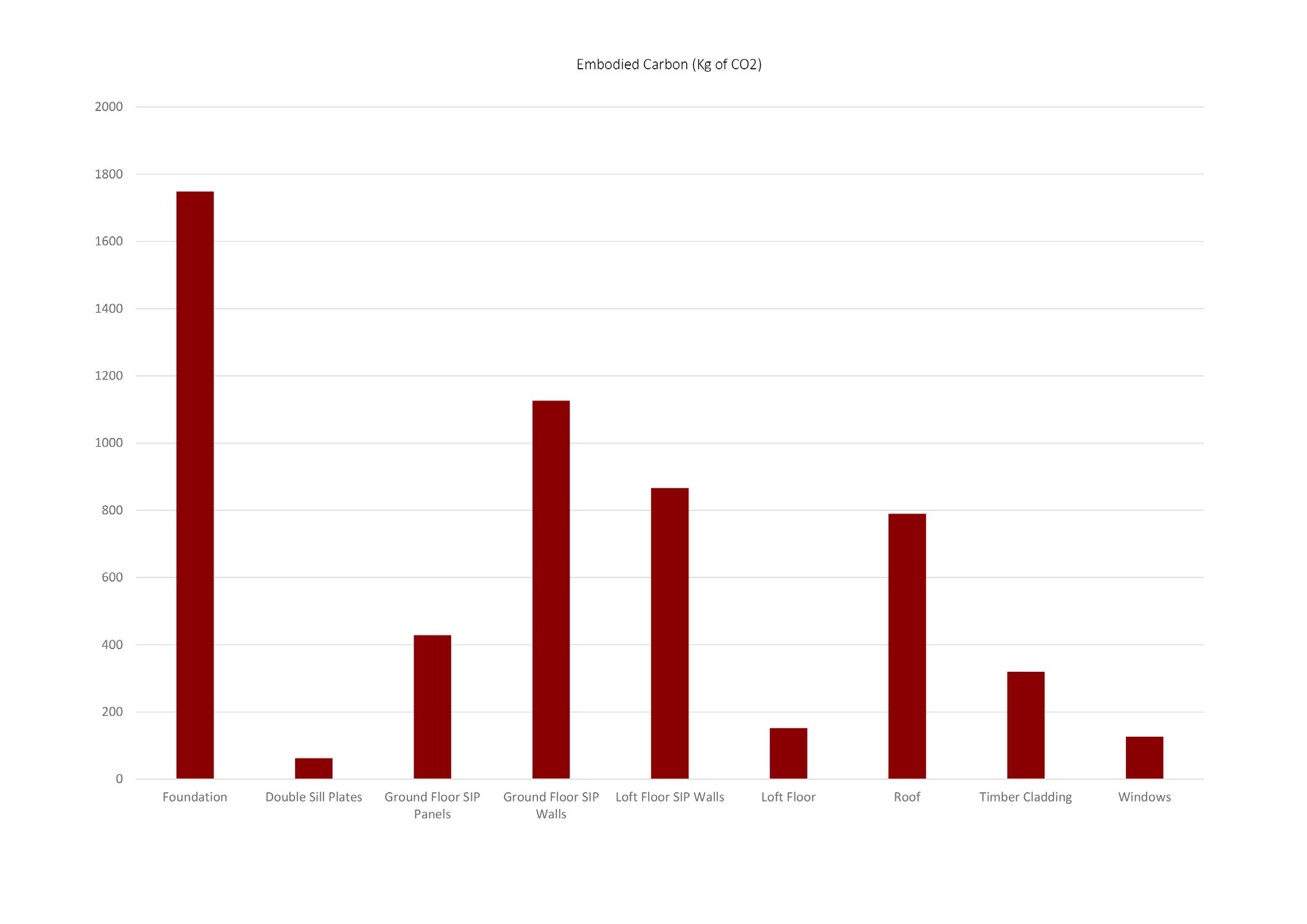
1 minute read
CARBON ANALYSIS FINDINGS
INSULATION: EPS VS PU

Advertisement
Insulation is key in reducing the operational carbon emissions of the building. By insulating the homes and buildings properly with an appropriate thickness, it reduces the need to use air conditioning and heating devices. In this case, choosing the right insulation is also key taking into consideration the embodied carbon of the insulation and its performance qualities.
Although the EC of using EPS insulation is lower than Polyurethane (PU) insulation, PU insulation has a higher R-Value and better chemical, fire and moisture resistance compared to EPS insulation making it a more efficient option than EPS insulation. PU can also be used to glue the insulation and OSB boards together while EPS insulation has to use poly-based adhesive which would increase the EC of the EPS SIPs.
Most SIPs today use two types of insulation - polyurethane (PU) or expanded polystyrene (EPS). Depending on the SIP manufacturers and experts there are different arguments on the benefits of each insulation. While PU insulation provides better insulation qualities than EPS, EPS insulation has the lowest energy consumption of the entire plastic life cycle and is more affordable. Therefore it’s a matter of balancing affordability, efficiency and sustainability aspects.
In the case of this project, the manufacturer and distribution centre of the SIPs are located in one location reducing the transport emissions. The chosen SIP manufacturer also uses PU insulation as their core, therefore the calculations use PU insulation for the core of the SIP walls, floor and roof.
In terms of insulation, the energy saved over the building lifetime due to the insulation outweighs the embodied carbon of the insulation.









